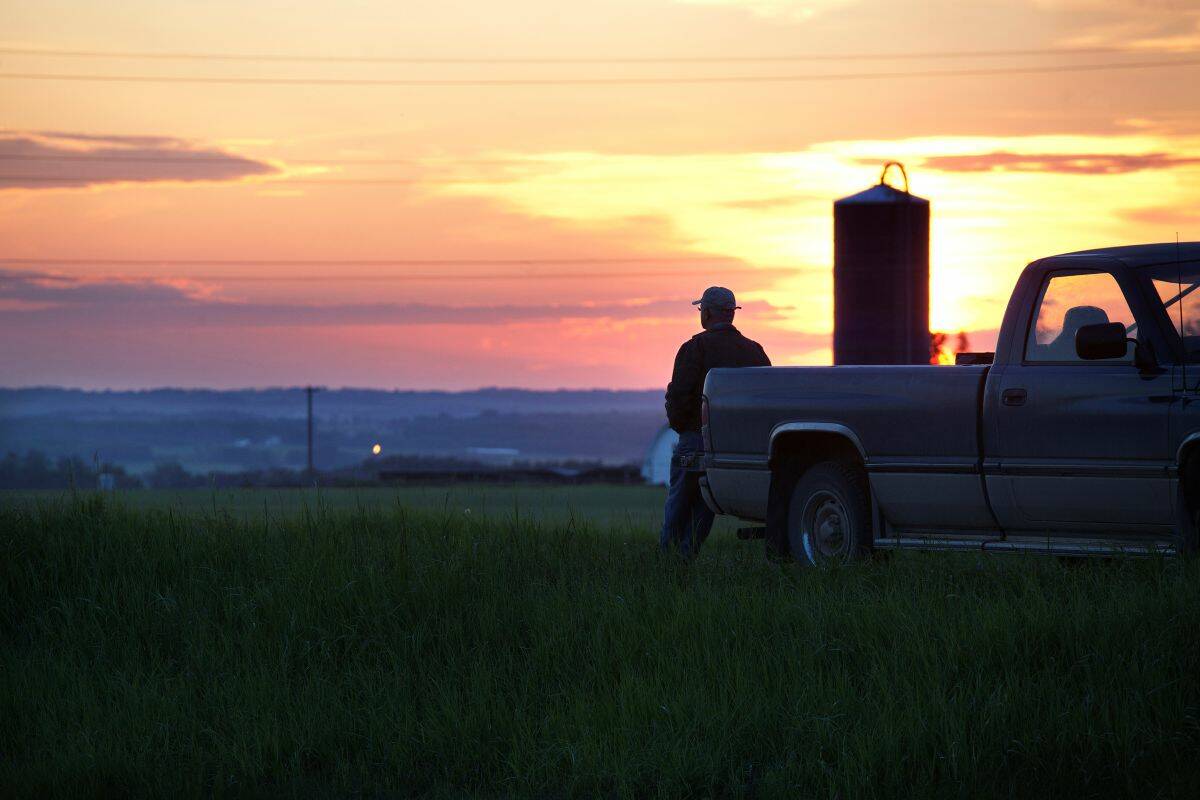Many years ago, I worked under the late Andy Sirski at Grainews. He taught me to explain out loud how something worked before I wrote about it, how to write an interesting headline, and the difference between wondering and thinking. “Wondering doesn’t get you anywhere,” he used to say.
Invariably these tools helped me focus and move ahead or drop an idea that had too many holes in it. And it’s the same with having some numbers in front of me. It always gives me the confidence to plan.
Knowing what’s going on internally with your farm financials should give you peace of mind, especially during times of amplified change like we’re experiencing right now. Stopping first and understanding your position eliminates knee-jerk reactions and generally makes for better conversations with your lenders. Not only is it important to know your farm financial position today, but also how it has evolved over years and how it compares to similar farms.
Read Also

It doesn’t have to be the end for your farm
Options for farmers without successors to pass on the farm.
A few key performance indicators can help you know which areas of your farm would benefit the most from a change. Then you can start crunching the what-if scenarios with confidence, filling out grant forms, getting quotes and reaching out to your lenders.
When considering changes, Mark Verwey, BDO’s national agricultural industry lead based in Portage-la-Prairie, Man., says farmers can start thinking about an opportunity by using their financial statements to calculate a few ratios. “Three key ratios — working capital, debt service and debt to equity ratios — can empower your decision-making and your subsequent negotiations,” he says.
Working capital ratio lets you know if your farm has the resources to meet its current year’s financial obligations. The working capital ratio is current assets divided by current liabilities, with those numbers taken right off your balance sheet. It’s current, short-term, and focused on one production cycle and gives you an idea of what’s available to make an investment.
This is a ratio you need to stay on top of and know what your banker deems as a threshold, says Verwey. “If you notice a problem with your working capital, it’s a short-term problem that can be solved, often with a conversation with your banker,” he says. “Some solutions like selling long-term assets, balloon or bridge financing or even lowering or extending your debt payments could be needed on a short-term basis to help through some tough times.”
Another important ratio to look at is the debt service ratio which tells you if the farm can generate enough cash flow to meet its annual debt obligations. Basically, the debt service ratio compares cash profits before interest and principal payments to your interest and principal payments that are due in the next year. Generally, lenders like to see the cash profits of an operation exceed the cash obligations by a factor of 1.25 for grain and oilseed farmers. Be aware though that various lenders may calculate this ratio differently, and different sectors have different thresholds, such as for grain and oilseed producers versus dairy farms.
“Some producers who try to pay down their debt quickly may show vulnerability in the debt serving ratio during down production or challenging marketing periods,” says Verwey. “Leave room for some storms.”
Another ratio that may help you focus your thinking about growth is the debt to equity ratio. It can tell you (and your lender) if the farm has enough collateral to cover the debt including both current and longer-term debt. It also tells lenders how much skin you have in the game compared to how much they’ve got in play.
The debt and asset numbers usually come directly from your farm’s financial statements so will be based on the book value of your assets. It’s valuable to also calculate this using fair market value of the assets, and it’s important to look at this over years. If this ratio is on a steady decline, you may have to consider selling productive assets like land or quota.
Comparing these ratios to what they’d look like after you expand/make further investments will help you move from wondering to thinking about an investment. Plus having these numbers on hand when you try to get a loan for the investment will help you be prepared for some questions.
With those three ratios in your pocket, you can get start evaluating your operational financial statement and thinking about potential changes that will improve profitability. Ask yourself, what are the most important decisions you need to make to ensure the success/profitability of your operation? For grain and oilseed farms, contribution margin/commodity can be enlightening. For supply managed farms, direct cost control decisions make a bigger impact so knowing your gross margins/kg for each enterprise can be impactful. By looking at gross margin and contribution ratios over time (at least five years), you can start seeing some trends and gaps.
Before you waste the winter dreaming about a new barn or filling out grant forms for a heat exchanger, start by knowing these ratios for your farm. It’ll give you a strong starting place, helping set up your farm investments for success and more importantly, move you from wondering to thinking.















